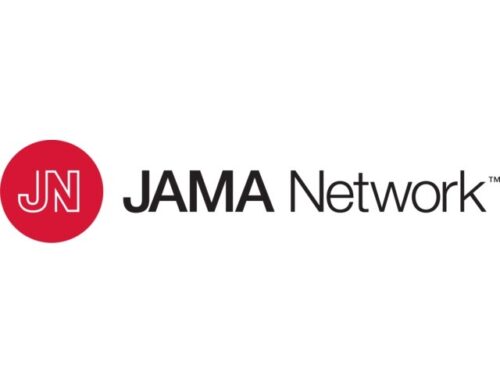CENTER UPDATE | September 2023
In this Issue:
- How To Make Sure The Inflation Reduction Act Works For All Patients
- Inflation Reduction Act Addresses Out-of-Pocket Drug Costs
- Approved, but Not Covered: Insurance Coverage is Essential to Health Equity
- Preventive Services and ACA Protections: An Opportunity for Health Equity
- California Lawmakers Consider Plan to Cap Naloxone Cost at $10
- Effect of No Cost-Sharing for Pediatric Care on Healthcare Usage
- Medical Debt Hits the Heart of the Middle Class
- CMS Issues Draft Guidance on New Prescription Drug Program
- Cigna Removes Pre-Authorization Requirement for 25% of Medical Services
- Cost-Sharing Shifted Away From Deductibles in Response to 2019 IRS Notice
- Growth In Patient Cost-Sharing For Hospitalizations
- HSA-Eligible Plans Cover Increased Use of Certain Medical Services
- Most Americans Support Value–Based Care but Prefer Other Terms


How To Make Sure The Inflation Reduction Act Works For All Patients
An HA Forefront authored by V–BID Center Director, Mark Fendrick, MD, discusses how last year’s Inflation Reduction Act (IRA) may be leveraged to continue to align patient out-of-pocket expenses with the clinical value of a drug, rather than its cost. The IRA introduces reforms such as eliminating cost-sharing for recommended adult vaccinations, capping annual Medicare Part D beneficiary spending at $2,000, and limiting insulin costs to $35 per month. Additional measures, such as the IRA’s requirement to set a “maximum fair price” for certain drugs, must consider patient access and clinical nuance, and ensure clinicians’ input in the decision-making process. Effective implementation can improve patient care, adherence, and overall health outcomes.
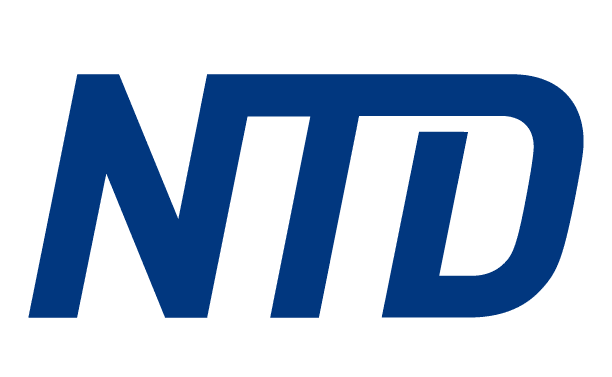
Inflation Reduction Act Addresses Out-of-Pocket Drug Costs
An interview with V–BID Center Director, Mark Fendrick, MD, focused on how the Inflation Reduction Act (IRA) has affected prescription drug prices. Dr. Fendrick notes that many elements of the IRA address out-of-pocket costs, including capping monthly insulin costs at $35, covering select vaccinations in Medicare Part D, and the new 2025 out-of-pocket max of $2000 that may be paid over the course of the year.

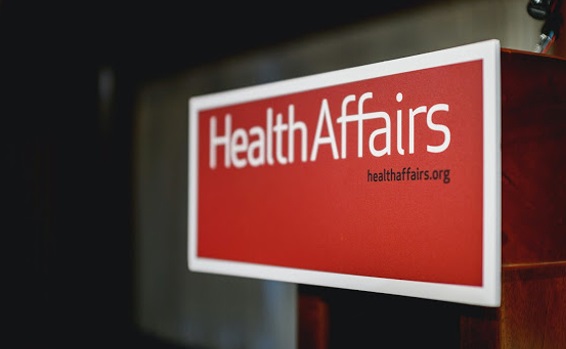
Approved, but Not Covered: How Insurance Coverage Is Essential To Achieve The Health and Equity Benefits of Over-the-Counter Contraception
A recent Health Affairs Forefront states that the government must require health insurers to provide minimal or no consumer cost-sharing in order to meet the FDA’s expectation of reducing barriers to safe, effective contraception. Eliminating cost-sharing for contraception has led to increased use of preferred contraception and a >30% reduction in unplanned pregnancies in low-income women. Providing insurers to cover OTC contraception is not expected to increase aggregate expenditures for insurers or lead to higher premiums for enrollees. Affordable contraception improves equity, as people from marginalized communities are less likely to use contraception and face greater barriers to accessing and maintaining contraception.
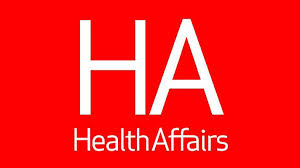
Preventive Services and ACA Protections: An Opportunity for Health Equity
Research shows that confusing and inconsistent policies and procedures that insurance plans use to process and pay claims related to preventive services can lead to patients being charged cost-sharing for services that should be free. Access to preventive services is essential for health equity, especially for marginalized communities at risk of preventable diseases. The article suggests that regulators should closely examine the claims adjudication processes of insurance plans to ensure compliance with preventive services requirements.


California Lawmakers Consider Plan to Cap Naloxone Cost at $10
California Assembly Bill 1060 aims to cap the cost of the overdose-reversing drug naloxone (commonly known as Narcan) at $10 or less. The proposal would require MediCal and private insurers to cover the cost of over-the-counter naloxone. While the FDA has made naloxone available over the counter, some major pharmacies are selling it for $45 for two doses. The bill aims to make this life-saving drug more affordable and accessible, particularly in the midst of the fentanyl crisis, which has led to a significant increase in overdose deaths in the state and across the country.
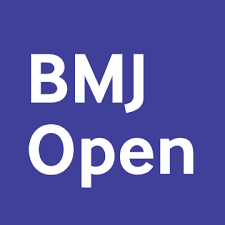
Effect of No Cost-Sharing for Pediatric Care on Healthcare Usage by Household Income Levels
Results of a recent study that examined the impact of eliminating cost-sharing for pediatric care on healthcare usage and outcomes revealed that the removal of cost-sharing led to a significant increase in outpatient visit days and healthcare spending, but no noticeable change in inpatient care usage. Interestingly, the effect of the no cost-sharing policy on outpatient care usage was more pronounced among children from high-income households compared to those from low-income households, potentially contributing to increased healthcare disparities.

Medical Debt Hits the Heart of the Middle Class
Those with incomes between $50,000 and $100,000 have the highest rates of medical debt in the U.S., according to a new Third Way report. This holds across all demographics, including race, ethnicity, education level, age, parental status, health insurance status, and geography. Nearly 17 million middle-class families had medical bills that they were unable to pay in full in 2020, with 37% of people in this group having medical debt. Despite having good insurance coverage, middle-income families are more likely to have medical debt and are less likely to seek care due to high deductibles and out-of-pocket costs. Racial disparities persist across all education levels, with Black and Hispanic middle class families having the highest medical debt rates.


Cost-Sharing Shifted Away From Deductibles When Employers Added Pre-Deductible Coverage for Preventive Services in Response to Increased IRS Flexibility
A recent EBRI brief confirms that cost-sharing shifted from deductibles to copayments and coinsurance among enrollees in HSA-eligible health plans for a number of services impacted by IRS Notice 2019-45. The same shift was not observed for enrollees in other types of health plans. Additionally, IRS Notice 2019-45 appears to have had a negligible impact on overall cost-sharing as a percentage of total spending on a number of services impacted by the notice. This may be due to the fact that employers were more likely to change their cost-sharing approach instead of eliminating it.

Growth In Patient Cost-Sharing For Hospitalizations
A study examining out-of-pocket spending for hospitalizations involving intensive care units (ICUs) found that the average cost-sharing for ICU hospitalizations increased from $1,137 per hospitalization in 2008 to $1,539 in 2019, representing a 34% increase. This rise was primarily due to increasing deductibles, which increased by 163% over the same period. Patients with high-deductible insurance plans experienced the highest cost-sharing, and those receiving out-of-network hospital care encountered higher costs compared to in-network hospital admissions with in-network clinicians.

HSA-Eligible Plans Cover Increased Use of Certain Medical Services
New research from the Employee Benefit Research Institute (EBRI) shows an increase in the use of three of seven medical services and prescription medications by HSA-eligible plans, compared to non-HSA-eligible plans. The IRS notice in 2019 allowed HSA-eligible health plans to cover 14 medications and other health services to prevent the exacerbation of chronic conditions. This allowed HSA-eligible health plans to adopt a more flexible benefit design, offering more protection for certain medical services through a “value–based” insurance–design plan structure.

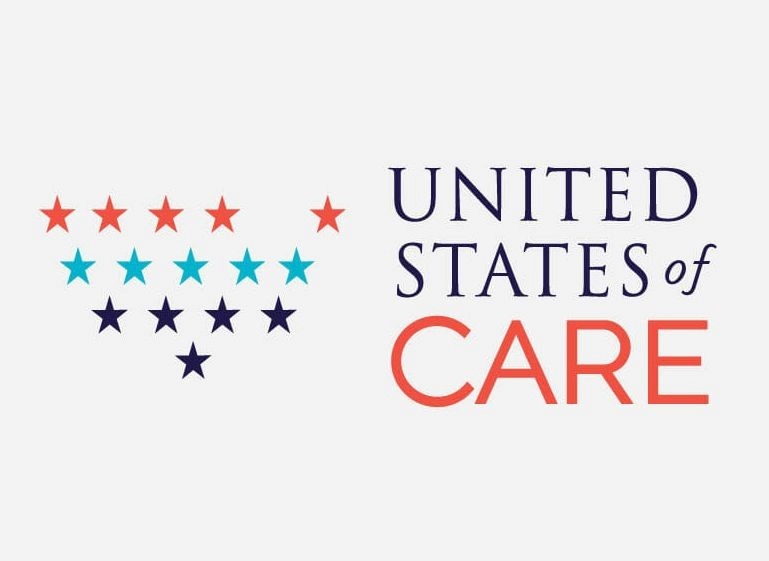
Most Americans Support Value-Based Care but Prefer Other Terms
Americans want value–based care that prioritizes patient experience over quantity and genuinely cares about them as a whole person, according to research by USofCare. They found that people desire targeted improvements to their care experience and believe the healthcare system is too fragmented with little coordination between providers. 64% of people in the national survey supported Value–based Care over the fee-for-service model, with high levels of support across party identification, ethnicity, age, education, and geography. However, the term “value–based” can be associated with cheap, low-quality services. Reframing Value–Based Care as patient-first Care is one way to emphasize the benefits of the model.
Please Help Support the V-BID Center
As we near the end of 2022, we recognize our accomplishments over the past year and look ahead to all we can achieve at the University of Michigan Center for Value-Based Insurance Design. Generosity from collaborators and friends like you allows us to remain focused on equity enhancing programs that improve access and affordability to essential clinical services
You will play an essential role in the future success of the V-BID Center by making a gift today. Thank you for your support.





